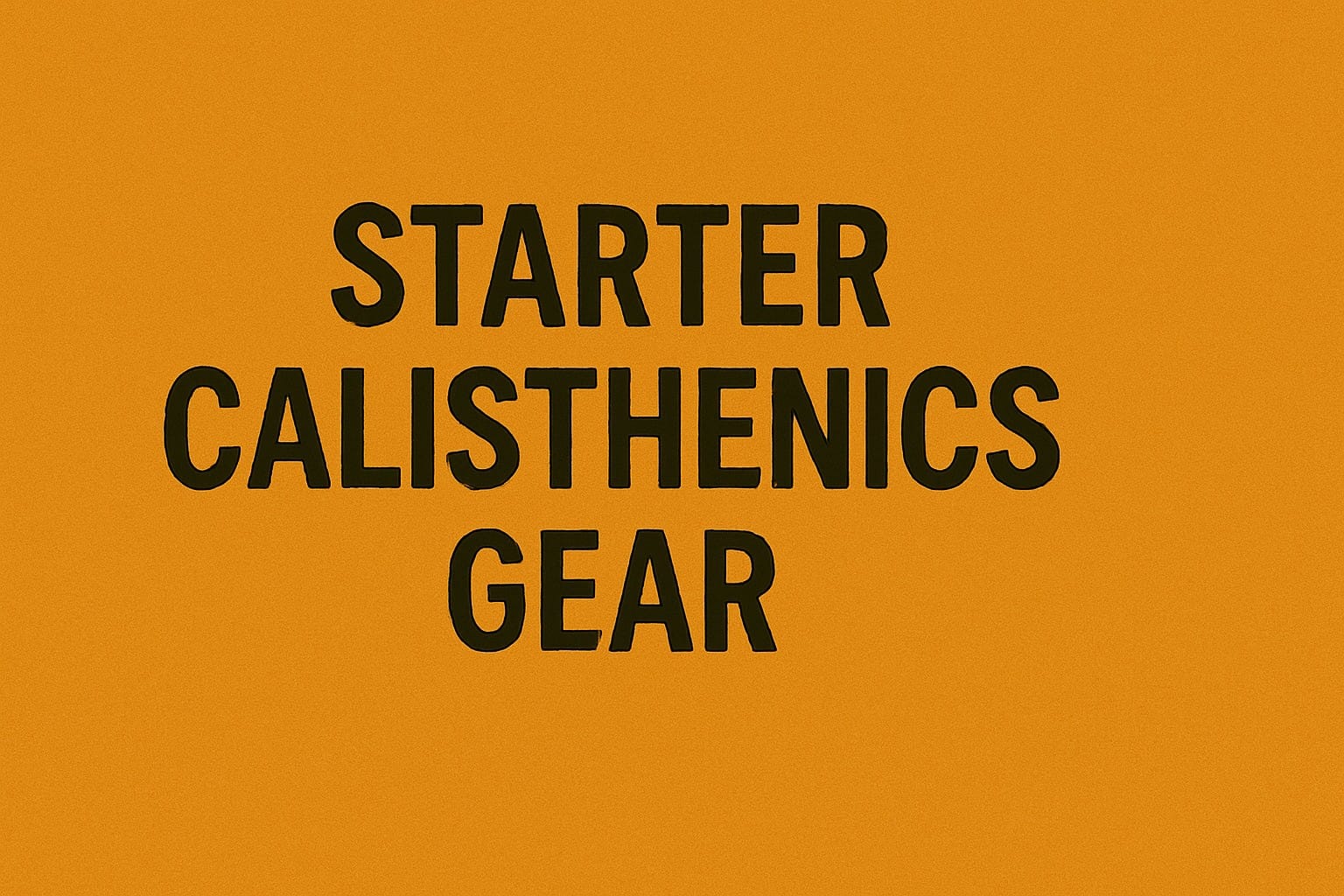Ankle weights aren’t a common tool in calisthenics, but they’re a surprisingly powerful one.
Used the right way, they can dramatically improve your core strength, hip mobility, and compression control. Whether you’re working on L-sits, V-sits, hanging leg raises, or active mobility drills, ankle weights help you add resistance where it matters most.
This post breaks down why ankle weights are worth using in calisthenics, what to look for when buying a pair, what my favorite set is.
Table of Contents
Top pick: gornation ankle weights

If you’re serious about using ankle weights in your training, the Gornation Ankle Weights are easily the best option I’ve found.
They’re designed to not shift while you’re doing core or compression work. The velcro strap locks in securely, and they’re comfortabel enough to use during movements like L-sits or leg raises without throwing off your form or balance.
Each weight is adjustable up to 1 kg per leg, giving you the freedom to scale intensity across different drills. That makes them perfect for building up control slowly and avoiding unnecessary strain early on.
Why Use Ankle Weights in Calisthenics?
Ankle weights might not be part of the typical calisthenics setup, but they’re incredibly effective for adding intensity to core and leg-focused movements. Instead of loading your entire body like with a weight vest or dip belt, ankle weights give you targeted resistance, exactly where you need it for compression and control.
One of the biggest benefits is how they help with compression strength. Movements like L-sits, V-sits, hanging leg raises, and toe-to-bar progressions rely on your ability to lift and hold your legs in space. Adding ankle weights makes those movements harder in a very specific way, without needing to change your setup or position.
They’re also great for active mobility work. Drills like seated leg lifts, straddle raises, or standing hip flexion exercises get a lot more effective with just a small amount of weight. That extra resistance helps build strength through your full range, which directly carries over to skills like press to handstand or advanced static holds.
What to Look For in Ankle Weights
Not all ankle weights are built for calisthenics. Some are bulky, slide around, or get in the way during skill work. If you’re training movements like L-sits, leg raises, or compression drills, the right design makes all the difference.
Here’s what to look for:
1. Secure Fit
The most important feature is a tight, stable fit. If the weights shift mid-movement, they’ll throw off your technique and make control much harder. A strong velcro strap or solid buckle system helps keep everything in place.
2. Adjustable Weight
Being able to scale the load makes ankle weights far more useful. You can start light to focus on form, then gradually increase resistance as your control and strength improve.
3. Durable, Breathable Material
These sit close to your skin and see a lot of use. Go for materials that are sweat-resistant, durable, and comfortable. It’s a bonus if they’re easy to wipe down or wash.
4. Easy On and Off
When you’re switching between exercises or adding them mid-session, fast and simple straps save time. No one wants to fumble with awkward clasps while trying to keep momentum.
A good pair of ankle weights should support your calisthenics not get in the way. Prioritize fit, function, and ease of use.
Best Ways to Train with Ankle Weights
Ankle weights aren’t meant to replace your main calisthenics movements. Instead, they’re a tool to add focused resistance to drills that improve your control, mobility, and compression strength.
Here are some of the most effective ways to use them in your training:
Hanging Leg Raises
One of the most direct applications. Adding ankle weights increases resistance through the full range of motion. Whether you’re doing strict raises, toes-to-bar, or compression holds, they make every rep count.
L-Sits and Seated Leg Lifts
Putting on ankle weights during L-sit holds makes them dramatically harder. You’ll feel your hip flexors and lower abs working overtime to maintain form. Seated leg lifts become even more effective for developing press-to-handstand strength and compression.
Active Mobility Work
For movements like straddle raises, hip flexion pulses, or controlled leg swings, ankle weights help you build strength at end range, something often overlooked in standard calisthenics programming.
Accessory Leg Training
You can also use them for isolated strength work like step-ups, hip lifts, donkey kicks, or fire hydrants. These exercises may seem basic, but when done with control and added weight, they directly support more advanced calisthenics skills.
The key is control. Ankle weights shouldn’t make your movements sloppy or rushed. Use them to increase difficulty gradually while keeping your form tight and intentional.
Final Thoughts
Ankle weights might not be the first tool that comes to mind in calisthenics, but they can make a serious impact, especially when it comes to core strength, compression, and active mobility. They allow you to isolate specific weaknesses, add resistance without overloading your whole body, and build strength in the finer details of your movement.
The Gornation Ankle Weights are my top pick because they’re built exactly for this purpose. They’re secure, adjustable, compact, and designed to stay out of your way so you can focus on moving well. Whether you’re working toward a stronger L-sit, smoother leg raises, or more control in your press to handstand, these are a great tool to have in your kit.




